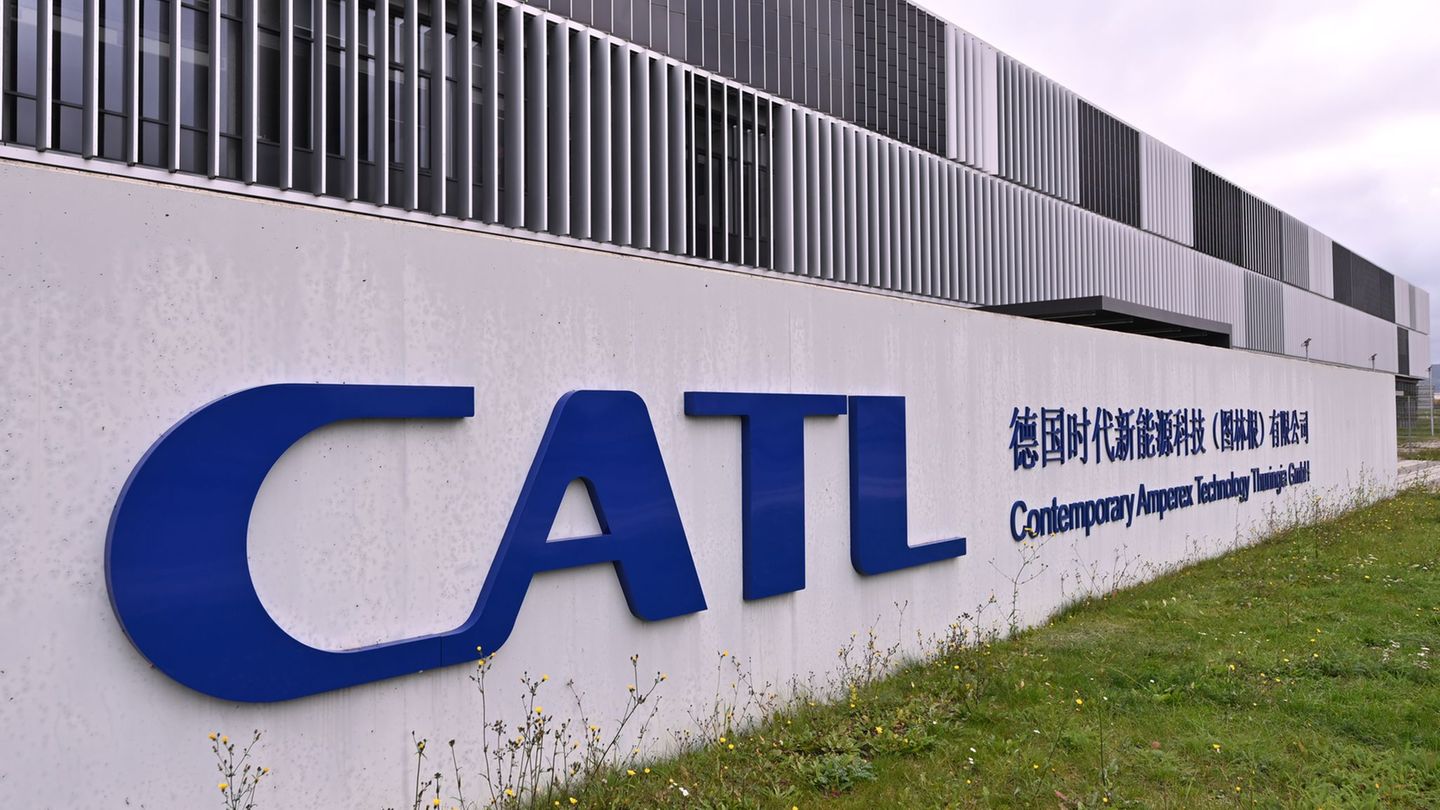The pilots of the Cockpit Association regularly assess the safety of German airports as exceeding the legal minimum. They find exemplary practices in neighboring countries.
According to the pilots’ union Vereinigung Cockpit, Munich Airport is the safest in Germany and boasts “excellent facilities”. Leipzig/Halle and Zurich Airport, which was examined for the first time, follow in the rankings of the annual airport check. The Swiss pilots’ association Aeropers contributed to this.
In Zurich, the pilots found the consistent use of so-called “stop bars” – which is not yet mandatory in Germany – exemplary. These are red chains of lights on the taxiways that lead to a runway. They are intended to prevent aircraft or other vehicles from accidentally driving onto the runway. Austria also reported positive experiences.
According to the report, such bars were present in the catastrophic collision between two aircraft at Tokyo-Haneda earlier this year, but were defective at the time of the accident. Five people died on board a coast guard aircraft, while the crew and passengers of a Japan Airlines Airbus escaped the fiery inferno alive.
According to the experts, an average of five incidents are registered every day in the USA in which aircraft or vehicles are illegally in the safety area of the runways. In Europe, they estimate the number of risk cases to be two per week. A further increase is to be expected with increased air traffic. “The civil aviation organization ICAO and Eurocontrol recommend the use of stop bars,” explains Cockpit spokesman Frank Blanken. “It is all the more incomprehensible to us that their use is not yet a matter of course everywhere in Germany.”
The pilots also want to be involved in local safety committees, something that is lacking at Frankfurt Airport and has led to downgrades. With a grade of 2.2, Germany’s largest airport lands in the middle of the 31 airports examined.
At the bottom of the report are the airports of Mannheim (grade 2.9) and Lübeck (2.9). Weeze and Friedrichshafen have improved thanks to their exemplary cooperation with the Cockpit Association.
A working group from the Cockpit Association has been subjecting German commercial airports to an annual safety check since 1978. This was the first time that colleagues from Switzerland were involved. The study is based on a catalogue of criteria that includes both international regulations and additional equipment that is useful from a pilot’s perspective. The legal minimum requirements are not assessed, but are the responsibility of the authorities. Since all of the airports examined are officially approved, the VC believes that all German airports can be considered “in principle to be sufficiently safe”.
Message VC
Source: Stern




